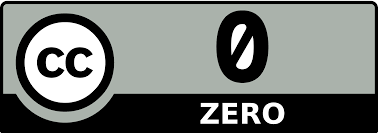“DIAPASON NORMAL” (A4=435Hz)
The only official (law binding) National concert pitch close to 432Hz, was a concert pitch called “diapason normal” at 435Hz. In 1859 (February 16), the French government passed a law to set the National Standard to A4=435Hz.
Some of the first references* to 435Hz are:
- Around 1825-1830, A=435Hz. Dresden. Tuning fork owned by Kapellmeister Reissiger.
- 1859 A=435Hz, Karlsruhe, Germany. Pitch at the German opera. Kapellmeister Jos. Strauss felt that this pitch fatigued his singers the least and was the best pitch for the performance of operas from all periods. Strauss’ fork became the pitch standard for the French Commission’s Diapason Normal.
- 1859 A=435.3Hz, Paris. Fork representing the French Commission’s Diapason Normal Pitch. Presented by the Commission to John Broadwood & Sons Piano Co. in London.
- 1859 A=435.4Hz, Paris. The French Commission Diapason Normal as actually constructed by Secretan and preserved at the Paris conservatory.
- In the United States this pitch was sometimes called “International pitch.” It was recommended by Chickering in Boston as the ideal pitch for tuning Chickering pianos.
- 1859 A=435.34Hz Paris. Secretan made a dozen tuning fork copies of the French Diapason Normal. Excluding one of these forks which is clearly too flat, A=435.34 is the general average pitch of the other eleven forks.
Close to 435Hz (+1Hz / -1Hz) are:
- 1829 A=434Hz, Paris. Tuning fork used by the piano maker M. Montal.
- Around 1834 A=434Hz, Paris. Pitch of the Paris opera.
- Around 1834 A=433.9Hz, Vienna. Orchestra fork measured by Scheibler and referred to as “Vienna minimum.”
- 1878 A=436Hz, London. Standard pitch of church organs taken from Metzler’s tuning fork.
*REFERENCES:
- http://en.wikipedia.org/wiki/Concert_pitch
- http://en.wikipedia.org/wiki/Schiller_Institute#Verdi_tuning
- Alexander J. Ellis. “On the History of Musical Pitch,” Journal of the Society of Arts, (March 5, 1880). Reprinted in Studies in the History of Music Pitch, Amsterdam: Frits Knuf, 1968 — http://en.wikipedia.org/wiki/Alexander_J._Ellis

